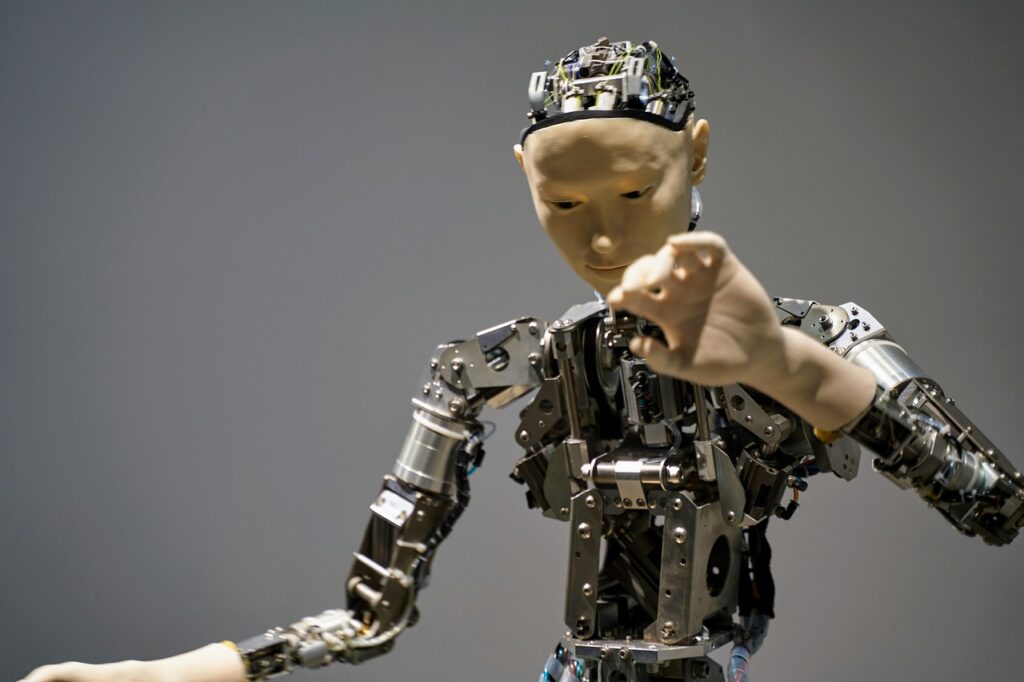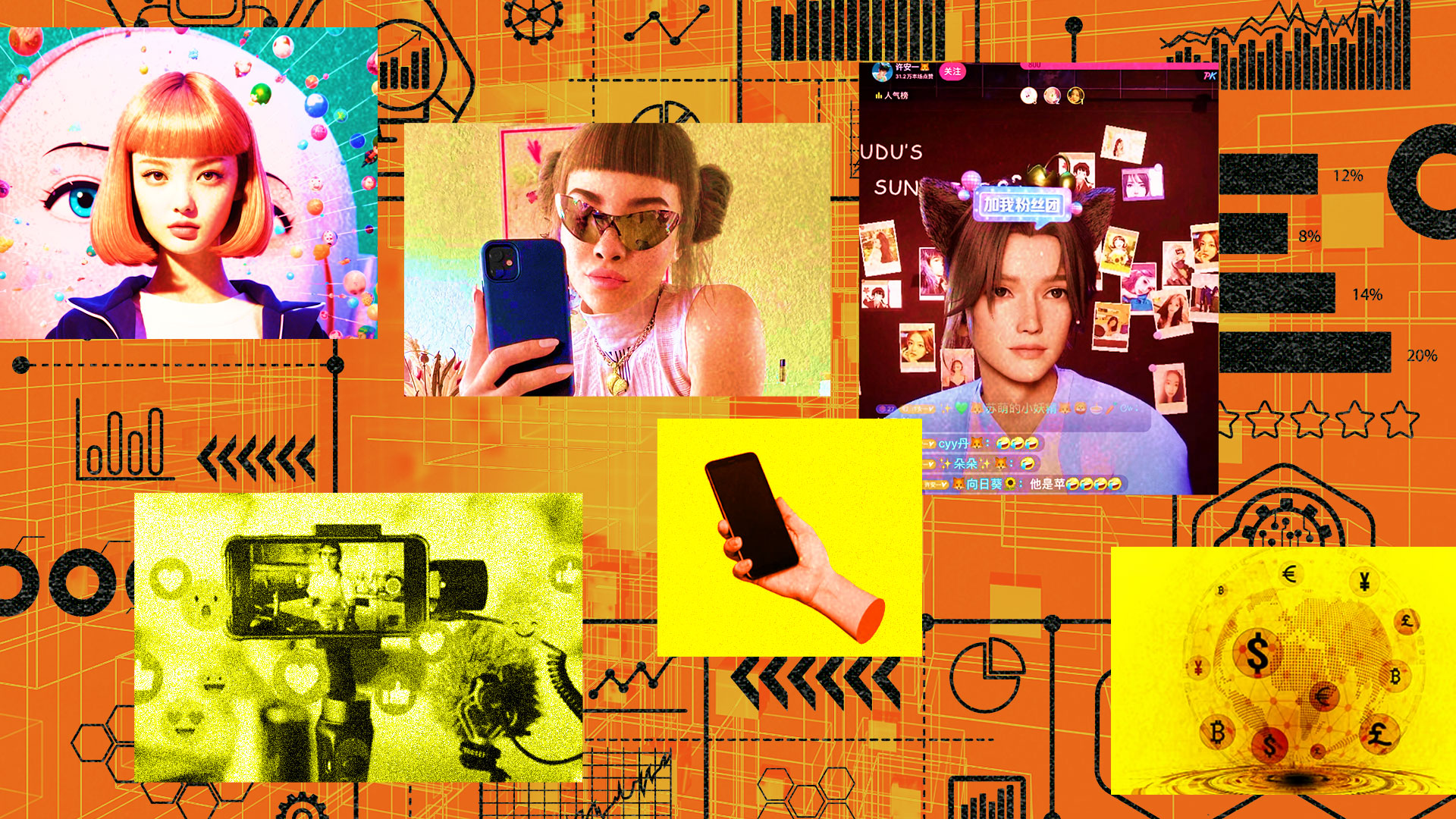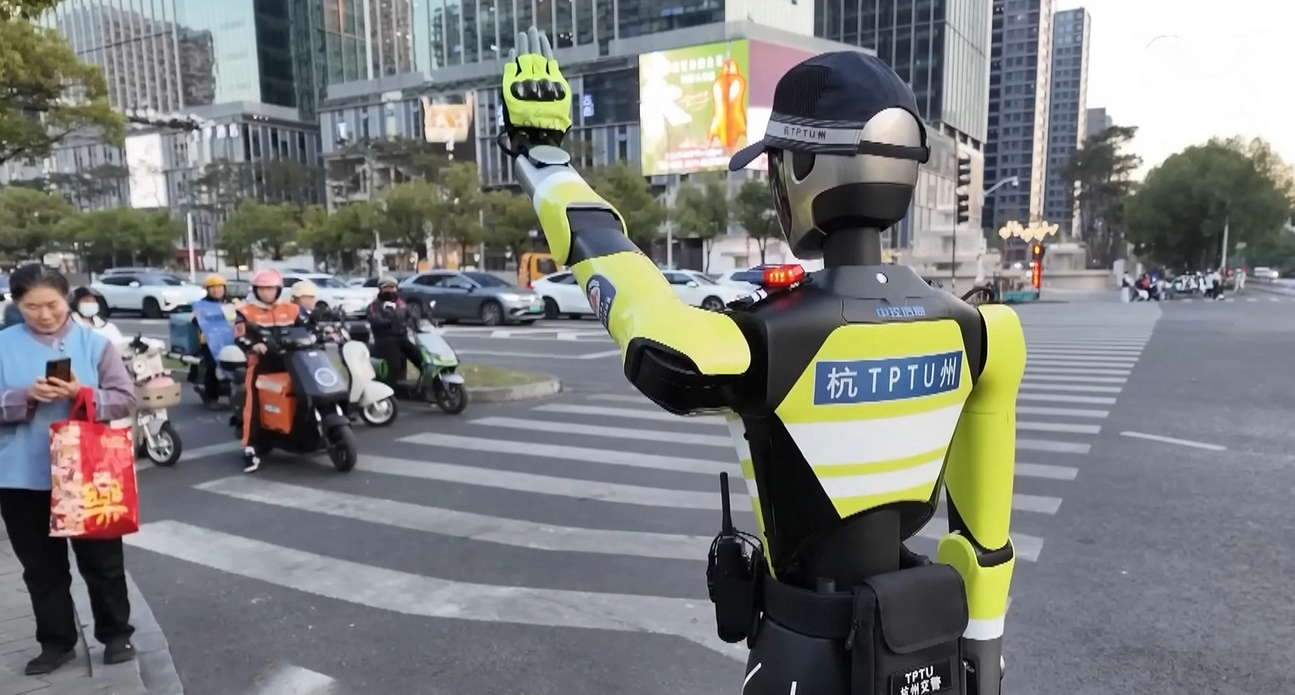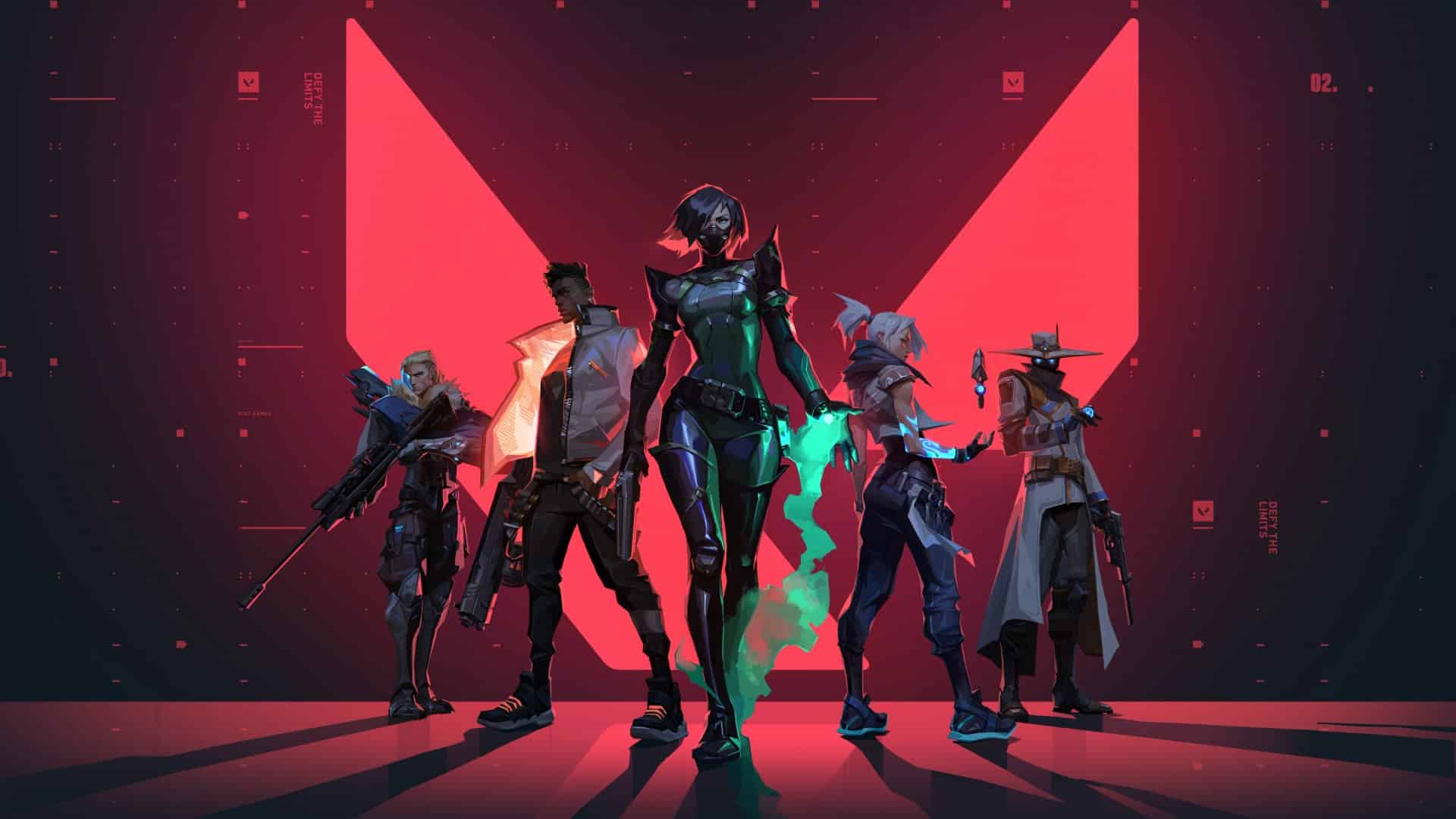Remember when humanoid robots felt like a distant sci-fi fantasy? From Unitree’s H2, designed for seamless coexistence, to Beijing’s rollicking Robot Olympics, and even a full-blown Robot Mall, the future isn’t just arriving; it’s sprinting. So, what’s behind this lightning-fast humanoid revolution?

It’s a perfect storm of technological leaps and pressing economic realities. The advancements in AI, particularly embodied and generative AI, are allowing these machines to move beyond rigid programming. They can now perceive, reason, and adapt in real-time, learning from human observation—a far cry from the clunky bots of yesteryear. Improved sensors, more dexterous actuators, and increasingly efficient battery technology (like Figure AI’s third-gen battery offering significant energy density improvements) are closing the gap between human and machine capabilities. NVIDIA‘s Project GR00T, aiming for general-purpose robots, exemplifies this integrated AI push.
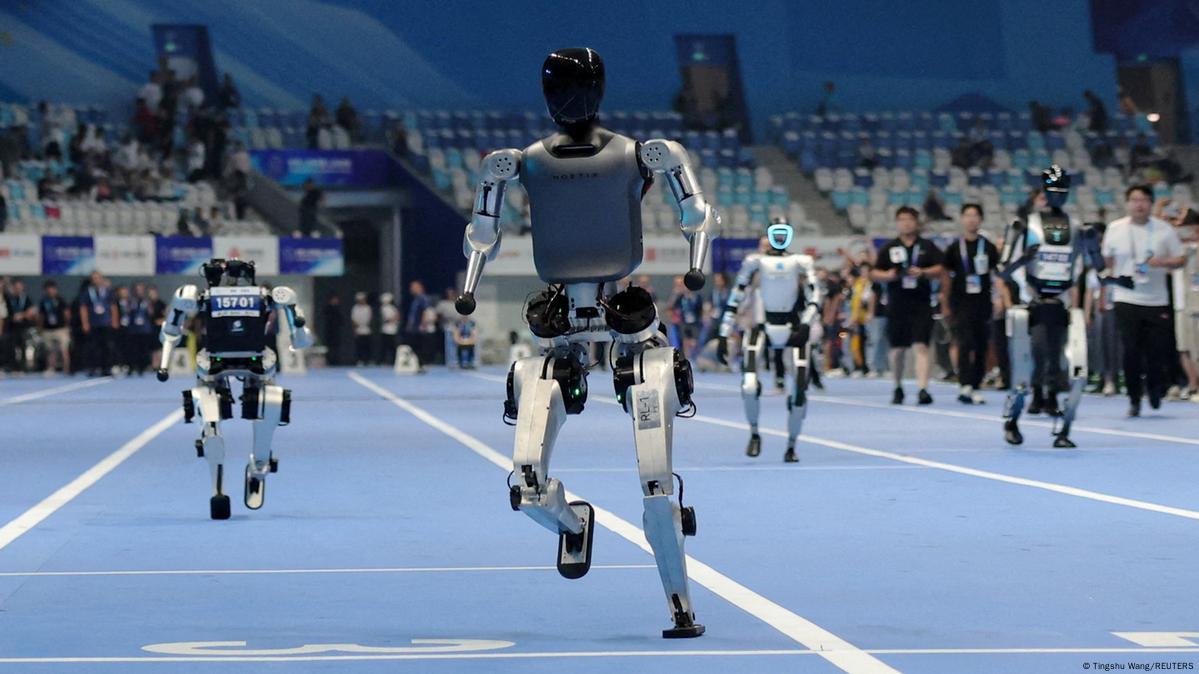
But cutting-edge tech needs fuel, and the investment pouring into this sector is staggering. China’s Xpeng alone announced a $13.8 billion investment, with manufacturing giants like Figure AI building facilities capable of producing tens of thousands of units annually. Goldman Sachs projects the market to hit $38 billion by 2035, driven by annual growth rates exceeding 50%. This capital, coupled with strategic partnerships like Google-DeepMind and Apptronik, is accelerating prototypes into commercial reality.
The demand is equally compelling. Global labor shortages, aging populations, and the promise of a 20-30% productivity boost by 2030 make humanoids an attractive solution. They’re moving into car assembly, warehouse logistics, healthcare, retail, and even personal assistance, as demonstrated by robots organizing groceries. Even the notion of a robot PhD student like Xueba 01 highlights their broadening scope beyond manual labor.
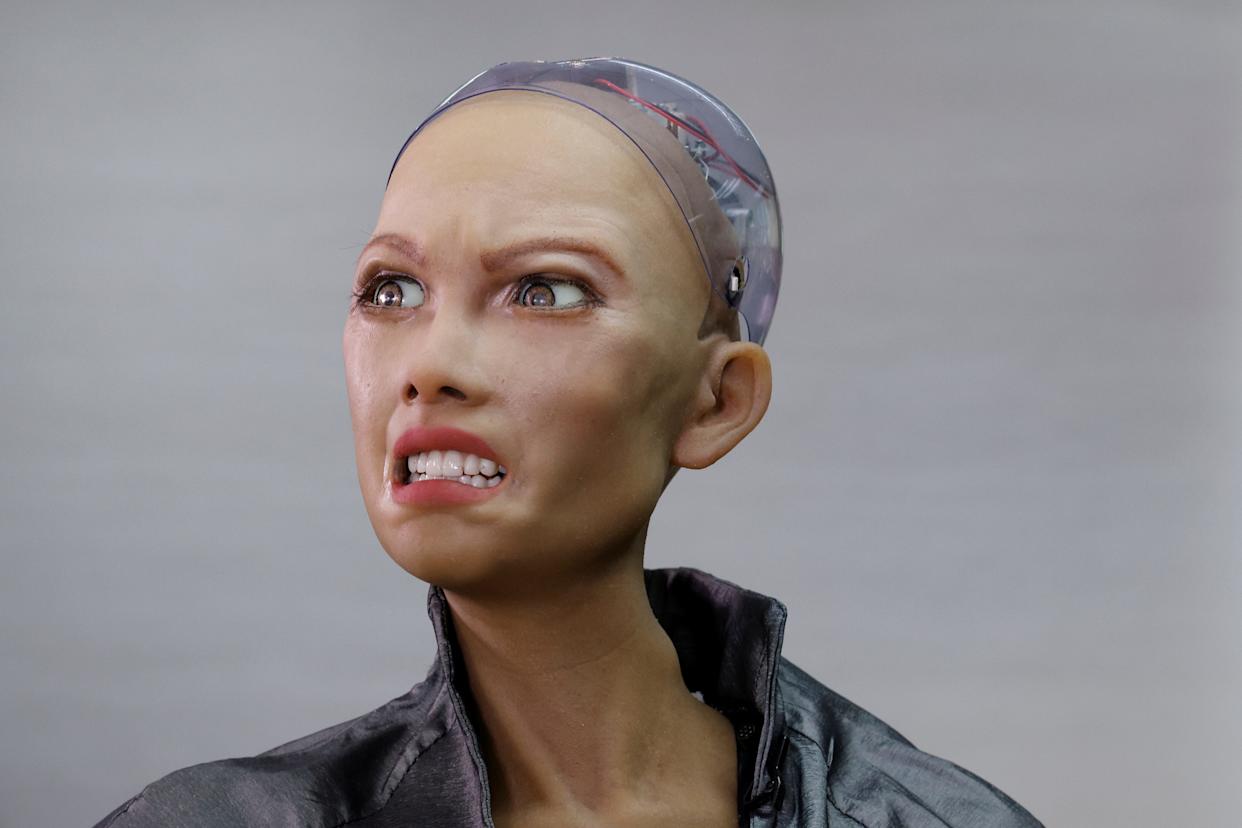
It’s as much about efficiency as it is a cultural reckoning. As Sophia from Hanson Robotics reminds us, we’re building companions and colleagues, blurring lines we once thought immutable. The rapid progression of humanoid robots is, indeed, a technological marvel, but it’s also reshaping our society, one agile, AI-powered step at a time.
Cover image via Digital Watch Observatory.

